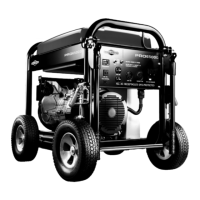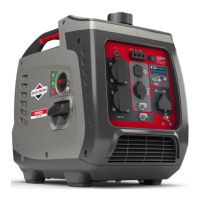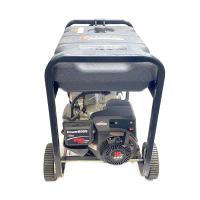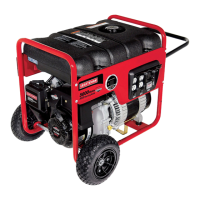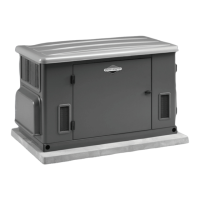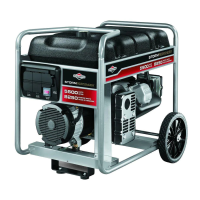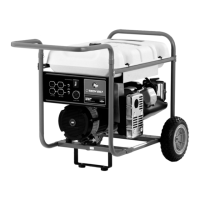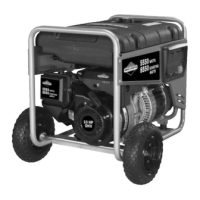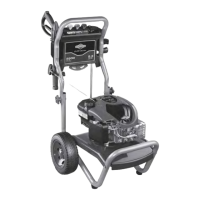7
Operation
Operation
Step 1: Safe Location
Before starting the portable generator there are two equally
important safety concerns regarding carbon monoxide
poisoning and fire that must be addressed.
Operation Location to Reduce the Risk of
Carbon Monoxide Poisoning
The engine exhaust of all fossil fuel burning equipment,
such as a portable generator, contains carbon monoxide,
a poisonous gas that could kill you in minutes. You cannot
smell it, see it, or taste it. Even if you do not smell exhaust
fumes, you could still be exposed to carbon monoxide gas.
By law it is required in many states to have a carbon
monoxide alarm in operating condition in your home. A
carbon monoxide alarm is an electronic device that detects
hazardous levels of carbon monoxide. When there is
a buildup of carbon monoxide, the alarm will alert the
occupants by flashing visual indicator light and alarm.
Smoke alarms cannot detect carbon monoxide gas.
WARNING! Engine exhaust contains carbon
monoxide, a poisonous gas that could kill you in
minutes. You cannot smell it, see it, or taste it.
Even if you do not smell exhaust fumes, you could still be
exposed to carbon monoxide gas.
• Operate portable generator only outdoors, at least
6.1 m from occupied spaces with exhaust pointed
away to reduce the risk of carbon monoxide
accumulating.
• Install battery-operated carbon monoxide alarms or
plug-in carbon monoxide alarms with battery back-up
according to the manufacturer’s instructions. Smoke
alarms cannot detect carbon monoxide gas.
• Do not run portable generator inside homes, garages,
basements, crawlspaces, sheds, or other partially-
enclosed spaces even if using fans or opening doors
and windows for ventilation. Carbon monoxide can
quickly build up in these spaces and can linger for
hours, even after this product has shut off.
If you start to feel sick, dizzy, weak, or your homes carbon
monoxide alarm sounds while using this product, get to
fresh air right away. Call emergency services. You may
have carbon monoxide poisoning.
Carbon Monoxide Alarm(s)
Install carbon monoxide alarm
inside your home. Without
working carbon monoxide
alarms, you will not realize you
are getting sick and dying from
carbon monoxide poisoning.
To better educate yourself about all carbon monoxide risks,
go to www.takeyourgeneratoroutside.com.
6.1 m min.
Prevent Carbon Monoxide (CO) Poisoning
• Use outdoors at least 6.1 m from any home.
• Point exhaust away from all homes and occupied spaces.
• Install CO alarms inside your home.
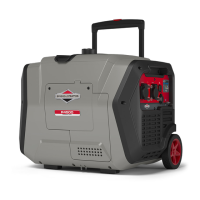
